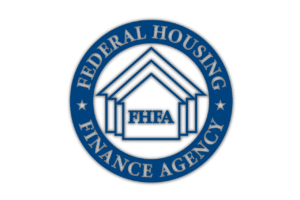A bipartisan group of House and Senate members released the text for the Bipartisan COVID-19 Emergency Relief Act of 2020 and the Bipartisan State and Local Support and Small Business Protection Act of 2020. The two bills total $908 billion, the former containing $748 billion in aid and the latter containing the two unresolved debating points – $160 in state and local funds and liability protections.
The $748 billion aid package is widely seen as the one that will advance; it contains $25 billion in rental assistance and extends the CDC eviction moratorium through January 31, 2020. The funding will be allocated to states based on population, with a small state minimum of $200 million. The funding will flow from the Department of the Treasury via the Coronavirus Relief Fund to states, with the potential for up to 45 percent of a state’s funding to devolve to jurisdictions with populations of more than 500,000.
The funding is targeted to households making up to 80 percent of area median income (AMI) who meet the following conditions:
- One or more individual in the household has qualified for unemployment benefits or has experienced a reduction in household income, incurred significant costs or experienced other financial hardship due to or during the Coronavirus outbreak; and
- One or more individual in the household can demonstrate a risk of experiencing homelessness or housing instability, which includes:
- A past due utility, home energy or rent notice or an eviction notice;
- Unsafe or unhealthy living conditions; or
- Any other evidence of such risk as determined by the Grantee.
Any one individual household is eligible to receive up to 18 months of assistance for arrearages and future rent payments. Importantly, landlords and owners may apply on behalf of tenants meeting the eligibility requirements, so long as the tenant cosigns the application, the landlord provides documentation to the tenant, and the payments are used to satisfy the tenant’s rental obligation to the owner.
Thank you to the many NH&RA members that contributed to the development of the NH&RA’s COVID-19 housing assistance advocacy letter. Several asks in that letter are included in the legislative text, including the delivery mechanism and the ability for landlords to apply for rental assistance on their tenant’s behalf. The bill also includes a limit on devolution of funding to sub-state entities with populations of more than a half million. We now wait to see what Congress will do with the legislation. At this time, we’ve been told to let the process play out and that a flood of calls and emails could actually be detrimental to our success. We will send out a mass email if that changes and your advocacy is needed! In the meantime, cross your fingers (and toes), wear your jammies inside out, flush an ice cube down the toilet and/or pray for a holiday miracle and the hard work of many, many advocates to pay off!

